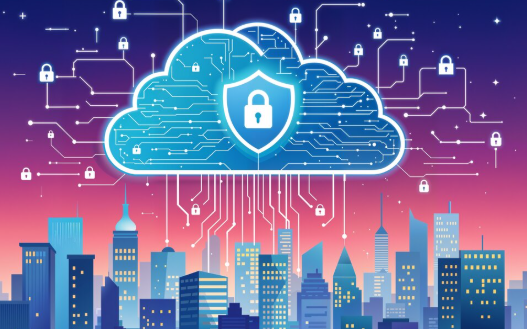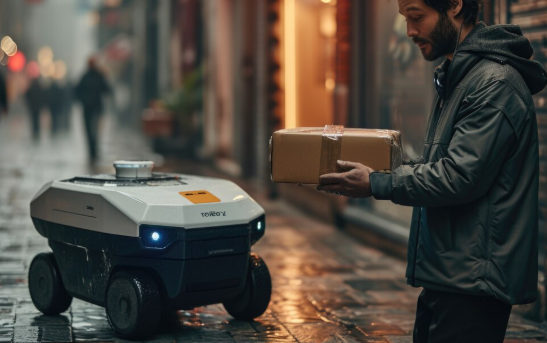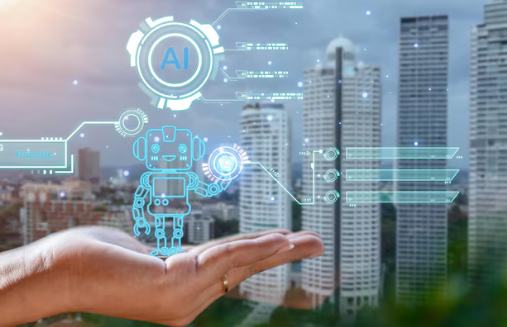The world stands on the brink of an energy revolution. As the global community grapples with the impacts of climate change, the shift toward clean electrification is not just an option but a necessity. By 2050, the energy landscape will be drastically different, driven by advancements in technology, changes in policy, and evolving consumer preferences. This blog explores what we can expect from the future of clean electrification, focusing on renewable energy sources, technological innovations, and the role of policy and consumer behavior in shaping this transformation.
The Rise of Renewable Energy
Renewable energy sources like solar, wind, and hydropower are set to dominate the energy mix by 2050. According to a report by Statista, the global installed capacity of solar power is projected to reach approximately 4.6 terawatts by 2050, followed by wind power at 2.3 terawatts, while hydropower comes in third.
Solar Power
Solar power will likely become the cornerstone of the clean electrification era. Advances in photovoltaic technology, coupled with decreasing costs, will make solar energy more accessible and efficient. By 2050, we can expect solar panels to be a common feature on rooftops worldwide, and solar farms to proliferate, especially in sunny regions.
Wind Power
Wind energy is also poised for substantial growth. Offshore wind farms, in particular, are expected to play a critical role due to their higher efficiency and lower land use compared to onshore wind farms. Technological advancements in turbine design and materials will further enhance the viability and output of wind power.
Technological Innovations
The future of clean electrification is inextricably linked to technological innovation. Several emerging technologies are set to revolutionize the way we produce, store, and consume electricity.
Energy Storage
One of the biggest challenges of renewable energy is its intermittency. Energy storage solutions, particularly batteries, are crucial for ensuring a stable and reliable power supply. Statista predicts that the global energy storage market will need to be 4.1 terawatts by 2050, to keep temperature increase below 1.5°C. This growth will be driven by advancements in battery technology, such as solid-state batteries, which promise higher energy density and longer lifespans.
Smart Grids
The development of smart grids will be another game-changer. These grids use digital technology to manage and distribute electricity more efficiently, reducing waste and enhancing reliability. By 2050, smart grids will be integral to the energy infrastructure, enabling better integration of renewable energy sources and allowing consumers to optimize their energy use.
Electric Vehicles
The transportation sector is a significant contributor to greenhouse gas emissions, and the shift to electric vehicles (EVs) is critical for achieving clean electrification. Statista forecasts that by 2050, EVs will account for more than 80% of all new car sales globally. Advances in battery technology, combined with expanded charging infrastructure, will drive this transition, making EVs more affordable and convenient.
Policy and Regulatory Support
Government policies and regulations will play a pivotal role in the transition to clean electrification. Incentives for renewable energy adoption, such as tax credits and subsidies, will encourage investment in clean technologies. Additionally, stringent emissions regulations will push industries and consumers toward greener alternatives.
Carbon Pricing
Carbon pricing mechanisms, such as carbon taxes and cap-and-trade systems, will become more widespread. These tools provide financial incentives for reducing carbon emissions, driving the adoption of cleaner energy sources and technologies.
Renewable Energy Standards
Many countries are already implementing renewable energy standards (RES) that mandate a certain percentage of energy to come from renewable sources. By 2050, these standards will likely be more ambitious, accelerating the transition to a clean energy future.
Consumer Behavior and Social Trends
Consumer behavior and social trends will significantly influence the future of clean electrification. Increasing awareness of environmental issues and the desire for sustainable living will drive demand for clean energy solutions.
Energy Efficiency
Consumers will prioritize energy-efficient appliances and home systems, reducing overall energy consumption. Smart home technologies, which allow for better control and optimization of energy use, will become commonplace.
Decentralized Energy Systems
The rise of decentralized energy systems, where individuals and communities generate and consume their own electricity, will also contribute to the clean electrification movement. This trend will be supported by advances in microgrid technology and energy storage solutions.
Challenges and Opportunities
While the future of clean electrification is promising, several challenges must be addressed to achieve this vision.
Infrastructure Development
Building the necessary infrastructure for clean electrification, including renewable energy plants, smart grids, and EV charging stations, requires significant investment and coordination. Governments and private sectors must collaborate to overcome these hurdles.
Energy Equity
Ensuring that the benefits of clean electrification are equitably distributed is another critical issue. Policies must address energy access and affordability, particularly in developing regions, to avoid exacerbating existing inequalities.
Technological Integration
Integrating new technologies into existing energy systems poses technical and logistical challenges. Continuous research and development, along with pilot projects, will be essential to test and refine these innovations.
Conclusion
The future of clean electrification by 2050 holds immense potential for transforming our energy landscape. With the right combination of renewable energy sources, technological advancements, supportive policies, and proactive consumer behavior, we can achieve a sustainable and resilient energy future. As we move forward, it is crucial to address the challenges and leverage the opportunities presented by this energy revolution. By doing so, we can create a cleaner, greener, and more equitable world for future generations.
The journey toward clean electrification is challenging but essential. Partner with STL Digital and by embracing innovation and collaboration, we can build a sustainable energy future that benefits all.



